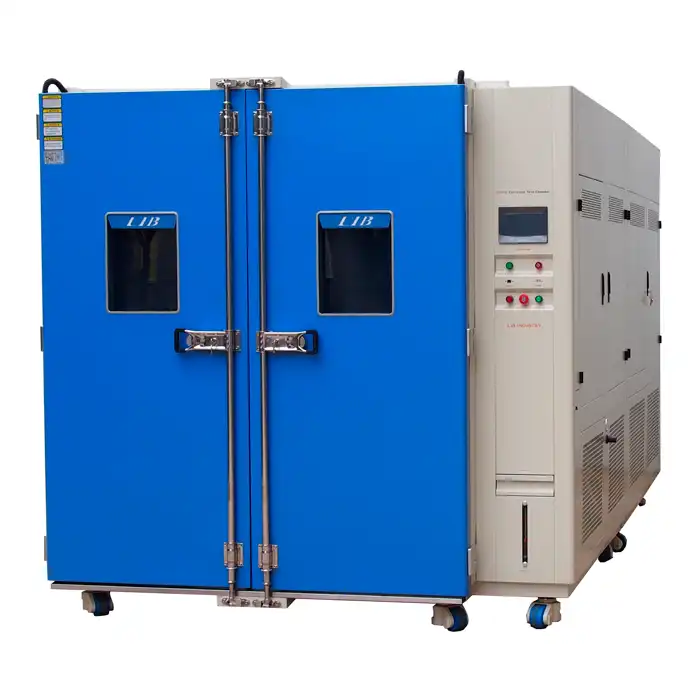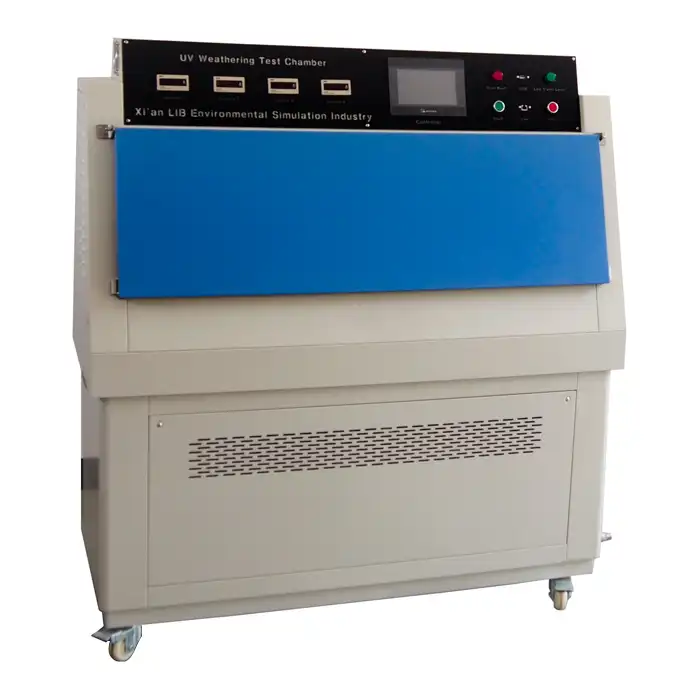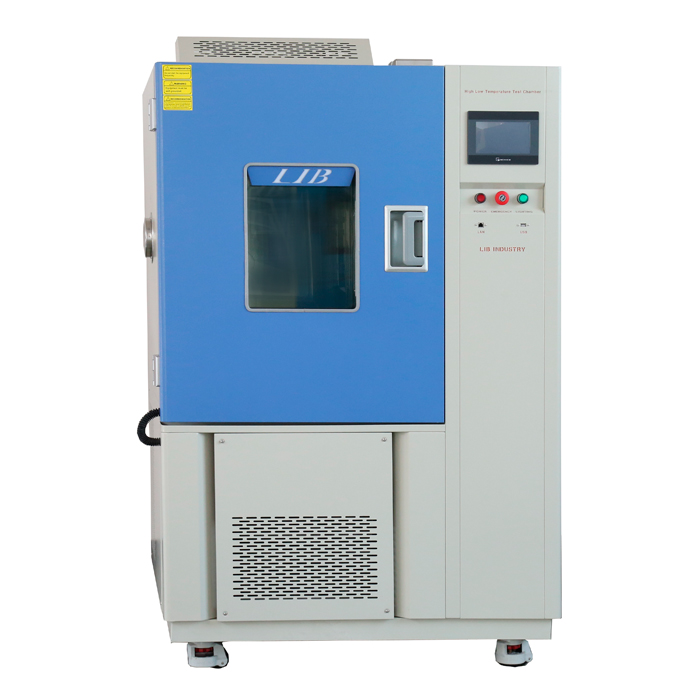How the ASTM G154 UV Test Machine Ensures Automotive Material Durability?
In the automotive industry, ensuring the durability of materials is crucial, especially when they’re exposed to environmental factors like sunlight. One powerful tool that manufacturers rely on is the ASTM G154 UV test machine. This device plays a pivotal role in testing automotive materials for resistance to ultraviolet (UV) light, ensuring that components maintain their integrity over time.

Why UV Testing Is Critical for Automotive Materials?
Automotive materials are constantly exposed to the sun's UV radiation, which can cause significant degradation over time. UV radiation can lead to fading, cracking, and a breakdown in material integrity, especially in plastics, paints, and rubbers. UV testing is critical because it allows manufacturers to predict how long their materials will last under constant exposure to sunlight. By replicating these conditions in a controlled environment, manufacturers can identify potential weaknesses and make improvements to enhance durability.
Understanding ASTM G154: The Standard for UV Weathering in the Automotive Industry

The ASTM G154 standard sets the guidelines for accelerated weathering tests, using fluorescent UV lamps to simulate the effects of sunlight over time. ASTM G154 UV test machines play a vital role in this process. Widely used in the automotive industry, this standard ensures consistency in testing and helps engineers assess how long materials can survive in real-world conditions. ASTM G154 focuses on simulating degradation caused by short-wave UV rays, which are particularly harmful to automotive parts. By adhering to this standard, manufacturers can ensure their materials meet the required durability standards.
Automotive Components Tested with the ASTM G154 UV Test Machine
Various automotive components undergo testing using ASTM G154 to ensure long-term performance. Exterior parts like bumpers, headlights, mirrors, and paint finishes are subjected to UV exposure, as these are most vulnerable to sunlight. Interior elements such as dashboards, seat fabrics, and trim materials are also tested, as UV rays can penetrate through windows and cause fading or cracking. By exposing these materials to artificial UV light, manufacturers can simulate years of sunlight exposure in a matter of weeks, gaining valuable insights into how materials will behave over time.
Testing Process of Automotive Parts Using ASTM G154 UV Test Machine
The testing process using the ASTM G154 UV test machine is both systematic and rigorous. Automotive components are placed inside a chamber where they are exposed to cycles of UV light and moisture. The fluorescent UV bulbs emit light that mimics the harmful shortwave UV rays found in natural sunlight. The machine alternates between UV exposure and condensation, replicating day-and-night cycles and wet-dry conditions that materials face in real-world environments.
For example, a bumper made of plastic can be placed in the chamber for testing. Over several weeks, it will undergo accelerated aging that simulates years of exposure to sunlight and rain. The material is then evaluated for color changes, surface cracking, and any loss of mechanical properties like tensile strength. Research has shown that materials failing this test tend to degrade faster in real-world environments, highlighting the importance of thorough testing.
Data from these tests is crucial for manufacturers, as it provides empirical evidence of how their products will perform in different climates and over extended periods. With this information, manufacturers can adjust formulations, improve UV stabilizers in materials, or choose alternative materials that deliver better performance.
LIB ASTM G154 UV Test Machine
LIB Industry offers an advanced ASTM G154 UV test machine that provides unparalleled accuracy and reliability for automotive material testing. LIB's UV test chamber is designed to meet the stringent requirements of the ASTM G154 standard and ensures precise control over UV light exposure, temperature, and moisture conditions. This makes it an excellent choice for manufacturers looking to simulate real-world environmental conditions in a controlled laboratory setting.
Model | UV-SI-260 | |
Internal Dimension (mm) | 450*1170*500 | |
Overall Dimension (mm) | 610*1330*1470 | |
Specimen Holder Size (mm) | 75*150 | |
Specimen Capacity | 56 Pieces | |
Irradiation Source | Fluorescent UV lamps (8) - 40 W | |
Temperature Range | Ambient ~ 90 ℃ ±2℃ | |
Black Panel Temperature (BPT) | 35 ~ 80 ℃ | |
Humidity Range | ≥95% RH | |
Bandwidth | 290 ~ 400 nm | |
Irradiance Control | 0.3~20 W/㎡ | |
Water Spray Cycle | 1~9999H59M (Adjustable) | |
Distance of Specimen and lamp | 50 mm |
Some key advantages of LIB's ASTM G154 UV test machine include its robust design, easy-to-use interface, and superior performance in delivering consistent test results. The machine offers programmable cycles that allow users to customize UV exposure and moisture levels based on their specific testing needs. Additionally, LIB's test machine is built with durable materials that ensure long service life, reducing maintenance downtime and costs.
For manufacturers looking to improve the durability of their automotive components, LIB's ASTM G154 UV test machine provides a reliable, cost-effective solution. Whether you're testing plastics, paints, rubbers, or other materials, this machine will help you ensure your products meet the durability standards required for long-lasting performance.
For more information or to inquire about LIB's ASTM G154 UV test machine, please contact us at ellen@lib-industry.com. Let LIB Industry help you ensure the longevity and quality of your automotive materials.
References
1. ASTM International. (2021). Standard Practice for Operating Fluorescent Ultraviolet (UV) Lamp Apparatus for Exposure of Nonmetallic Materials.
2. Yam, K. L., & Lee, D. S. (2010). Emerging Food Packaging Technologies: Principles and Practice. Woodhead Publishing.
3. Gedde, U. W., & Hedenqvist, M. S. (2016). Polymer Physics. Springer.
4. Callister, W. D., & Rethwisch, D. G. (2020). Fundamentals of Materials Science and Engineering: An Integrated Approach. Wiley.




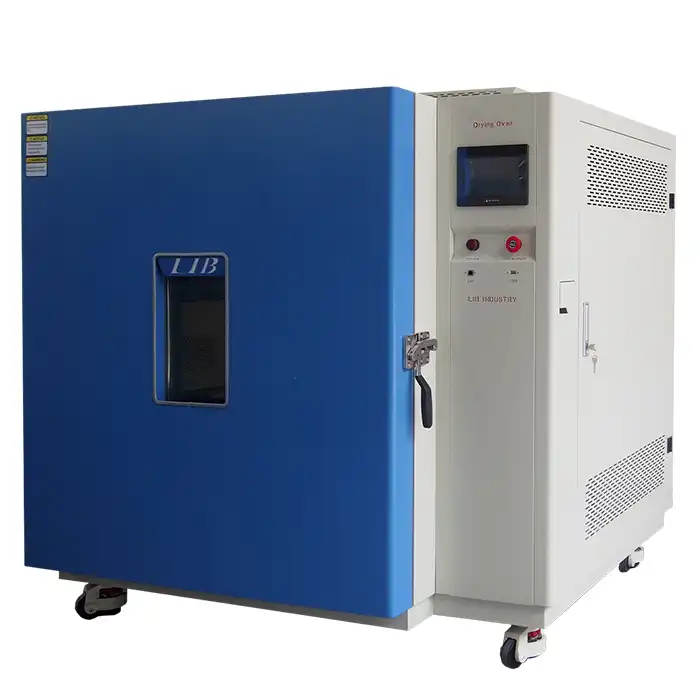
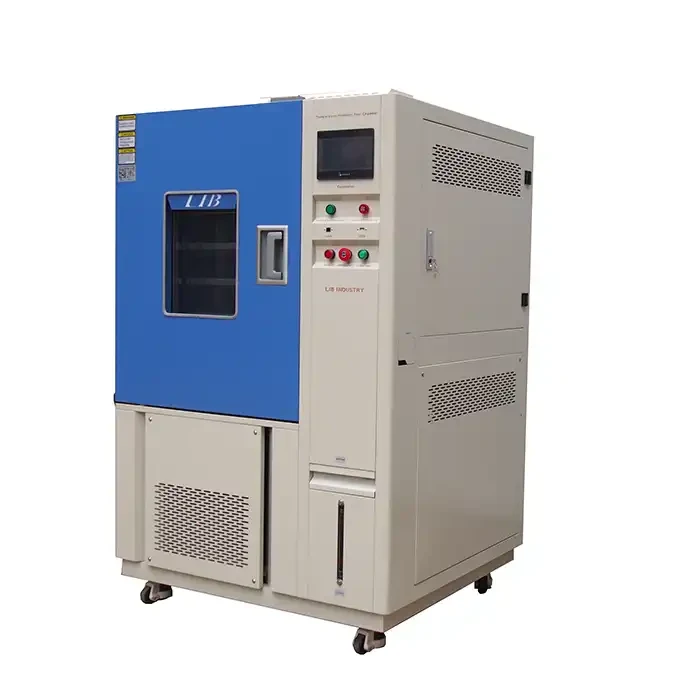
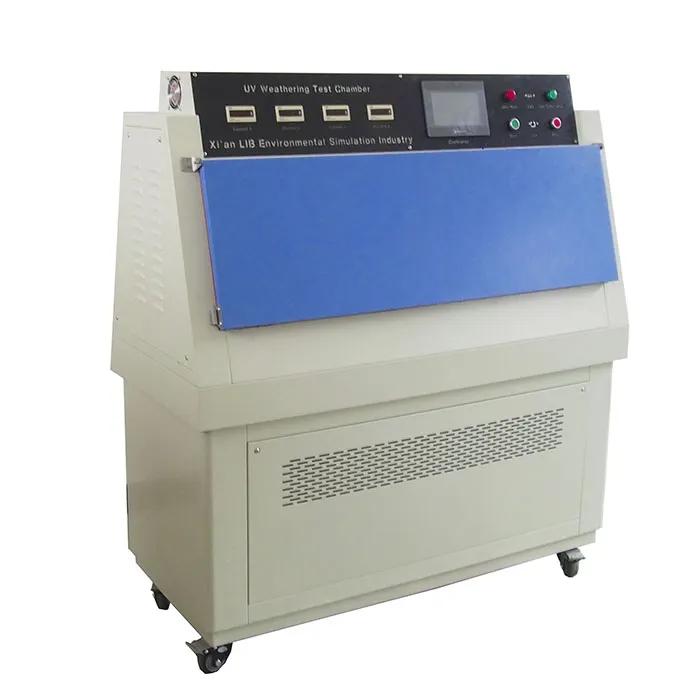
.webp)
